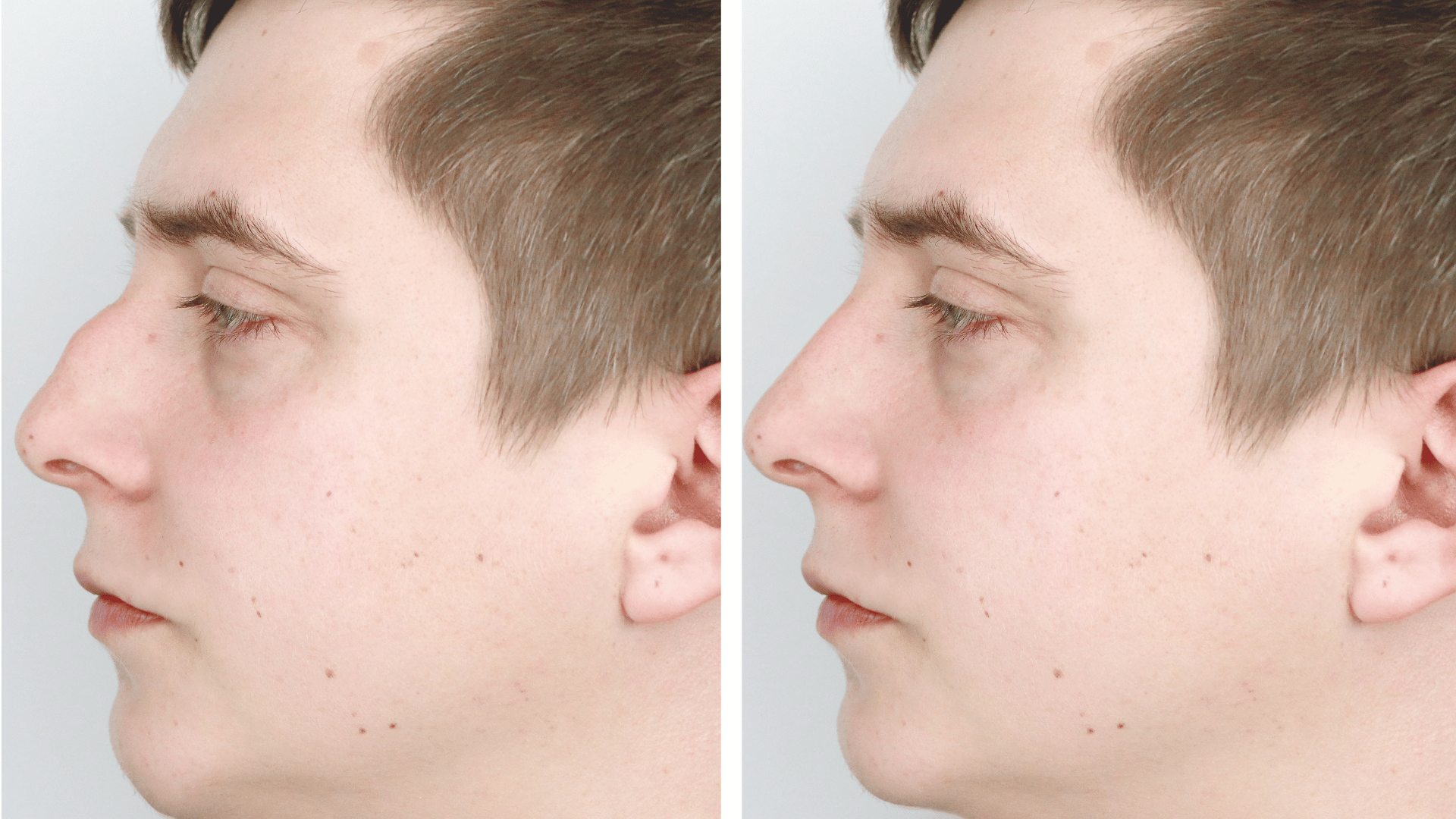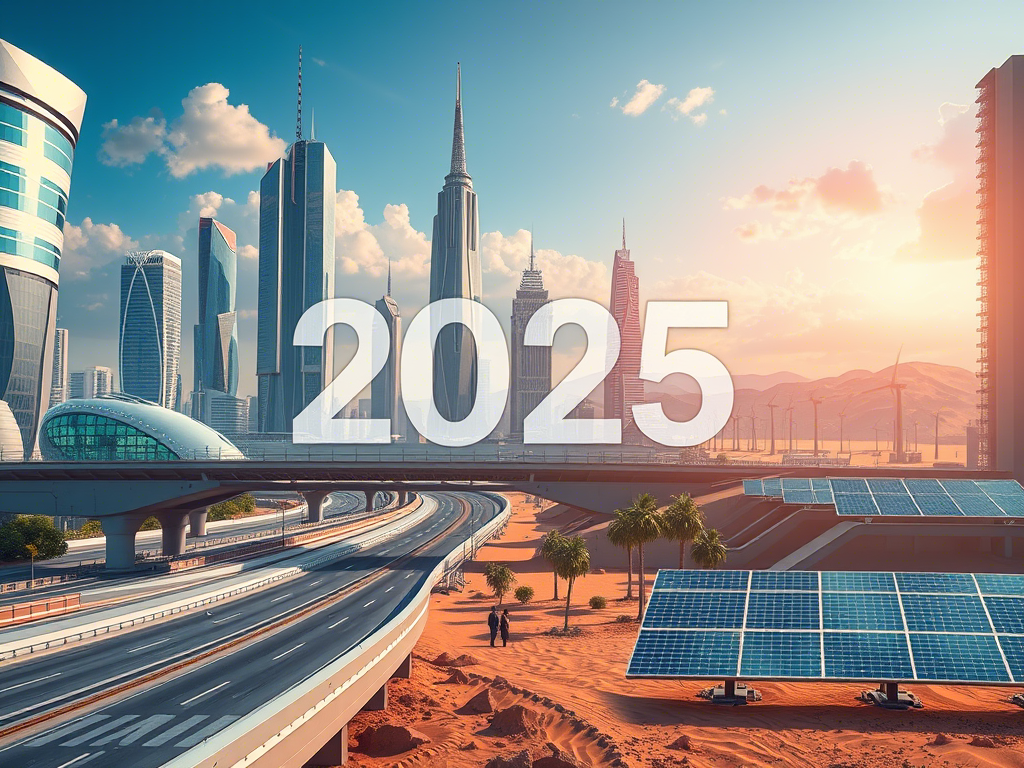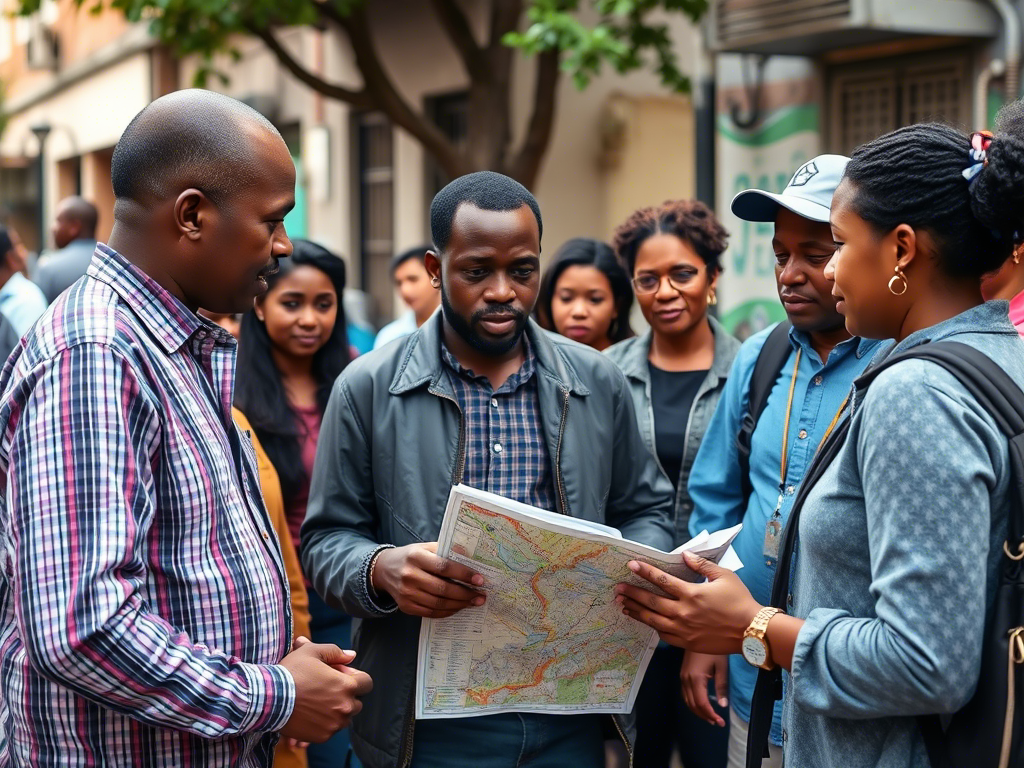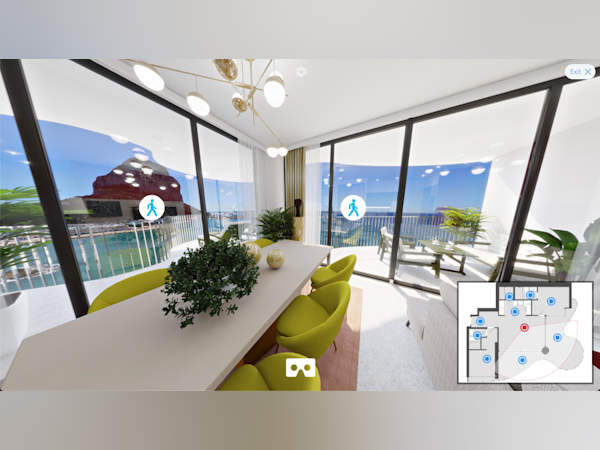
Rhinoplasty, commonly referred to as a nose job, is a popular surgical procedure that reshapes or adjusts the nose for aesthetic or functional purposes. While often associated with women, male rhinoplasty has seen a significant increase in popularity, reflecting broader trends in male cosmetic surgery. This article explores what male rhinoplasty entails, why it’s pursued, and what makes it distinct.
What is Male Rhinoplasty?
Male rhinoplasty is a type of plastic surgery focused on altering the shape, size, or functionality of the nose specifically for male patients. This procedure aims not only to achieve a nose that looks naturally proportionate to the man’s facial features but also to ensure that the changes do not detract from a masculine appearance.
Reasons Men Choose Rhinoplasty
Men opt for rhinoplasty for various reasons, ranging from cosmetic enhancements to medical necessities:
Aesthetic Improvement: Many men seek rhinoplasty to change the appearance of their nose, be it adjusting the bridge, reducing the size, or altering the tip. The goal is often to enhance facial harmony and boost self-confidence.
Breathing Issues: Functional rhinoplasty can correct structural problems that impede airflow, such as a deviated septum, which can significantly improve breathing.
Injury Correction: Accidents can lead to nasal deformities, and rhinoplasty serves as a corrective measure.
Congenital Defect Repair: Some are born with nasal defects that they choose to correct surgically later in life.
The Male Rhinoplasty Procedure
The procedure for male rhinoplasty doesn’t radically differ from what women undergo, but the aesthetic considerations do. Here’s what typically happens:
Consultation: This initial stage involves discussions with a plastic surgeon about goals, potential outcomes, and the specifics of the surgery.
Planning: Surgeons might use imaging software to show how the results of the surgery will look, helping to set realistic expectations.
Surgery: Performed under general anesthesia, the surgery might involve either an open or closed approach, depending on the complexity. The surgeon makes adjustments to the cartilage and bone of the nose.
Recovery: Recovery times vary, with initial swelling and bruising that gradually subside over weeks to months. The final shape of the nose might not be evident until a year after the surgery.
Considerations Specific to Male Rhinoplasty
When it comes to male rhinoplasty, certain aesthetic principles typically guide the surgeon’s hand:
Masculine Features: Men often prefer a stronger, straighter nasal profile with less emphasis on reducing the size of the nose and more on maintaining or enhancing its structural integrity.
Facial Symmetry: The nose should fit naturally with more angular, masculine facial features.
Skin Thickness: Men’s skin tends to be thicker and oilier, which can influence both the surgical approach and healing process.
Choosing the Right Surgeon
Selecting a qualified and experienced plastic surgeon is crucial. Look for board certification, specific experience in male rhinoplasty, and before-and-after photos of previous patients. A good surgeon should not only have technical expertise but also an artistic eye, particularly for maintaining the balance and proportion that characterize masculine facial aesthetics. More information about Male rhinoplasty here.
Conclusion
Male rhinoplasty is a deeply personal decision and can be transformative, both physically and emotionally. Understanding the nuances of this procedure helps in making an informed decision and achieving the best possible outcome. If you’re considering this surgery, start with a consultation with a skilled plastic surgeon who can provide tailored advice and guidance based on your unique facial structure and aesthetic goals.


















